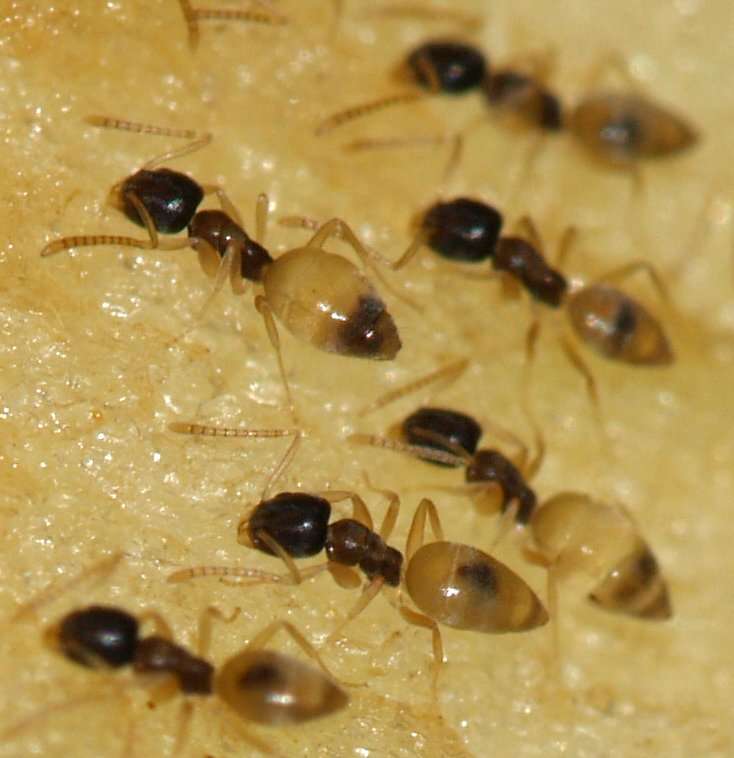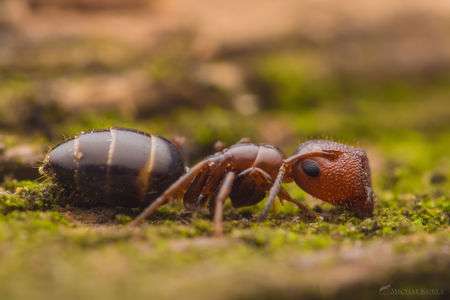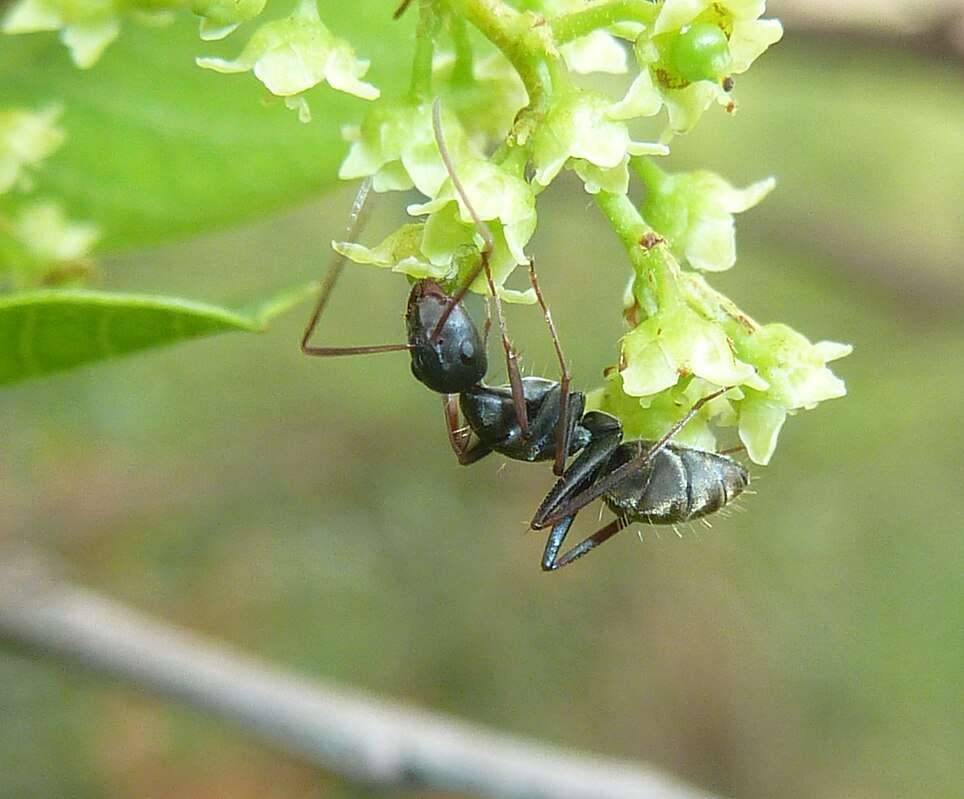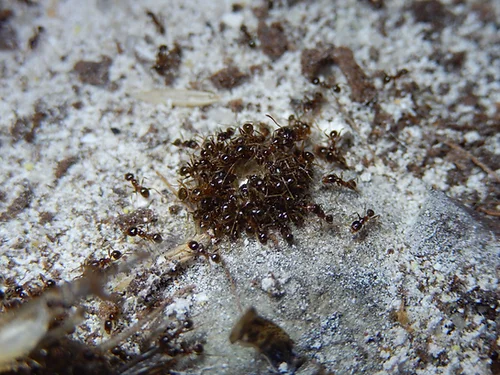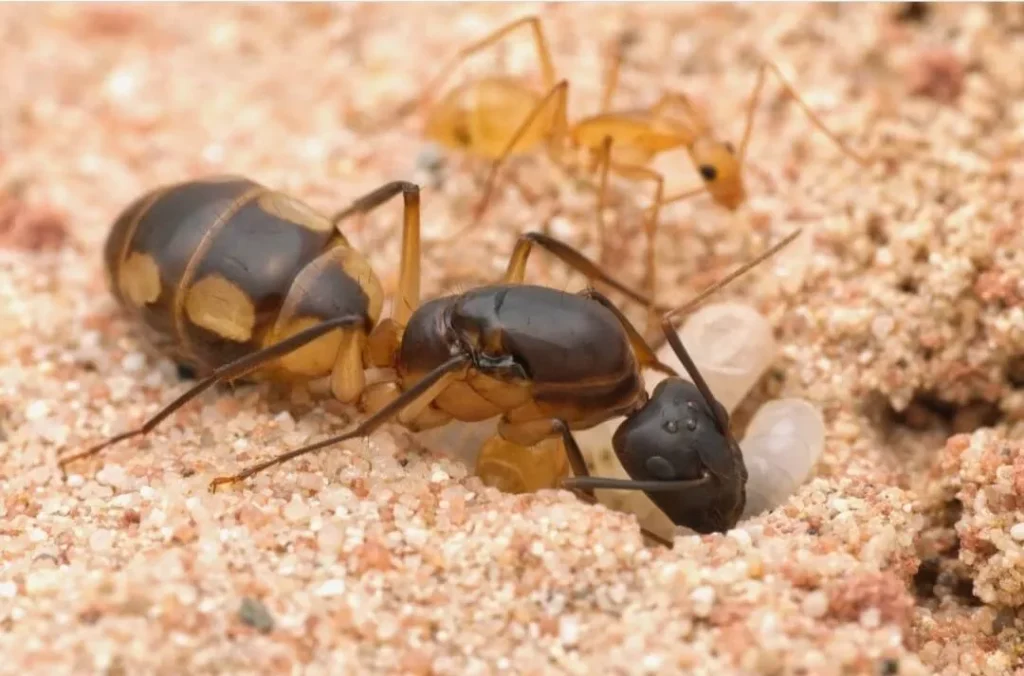Ghost Ant
This species of tropical tramp has been imported all over the world. Nests can be discovered in the ground, beneath stones, in the bark of trees, and in other cracks. Unknown is its native habitat. It is common in all lowland tropical homes without air conditioning. Description Ghost ant workers are monomorphic and 1.3 to […]


